An attempt to define dance
What is dance?
It’s a question that I often get asked in my classes and here is my attempt to answer it! I find it amazing that for someone who has been dancing for 35 years, including professionally, I struggle to give a clear answer to this question!
Take away the labels that people can identify - ballet, contemporary, hip-hop, ballroom - and what remains? Where is the line between movement, acting, performance and dance? They all use the physical body, connect yet are different.
So how can we define dance?
What I do know…
Dance is a physically expressive art form. I know when I am dancing, and when I see it. It can be formal or spontaneous planned or improvised. Concrete or abstract. To music/rhythm or in silence. I see people in a flow or movement. Grace, flow, movement in the moment.
These elements are a part of dance yet they are in themselves not definitive or all necessary.
So as an experiment to create a dance, I set myself the task to do the thing I am doing but as a dance and analyse what happens?
In turning an everyday task into a dance I notice that:
- I use my body
- I become consciously aware of the movement
- Through this awareness I am also in touch with the physical feeling
- The movement becomes defined and purposeful - an intention, yet often abstract. Whether I get the task done is less important than it is expressed in movement
- It does still express an intention
- There is a combination of movements (it continues) with phrasing to it
- Though defined the movement becomes partially abstract in its form and timing.
In needing further impulses, I found out a text describing dance, “Feeling and Form” by Suzanne Langer from 1953. She has a wonderful view of what defines dance, as she analyses all the different art forms. Quoting Laban and other dance philosophers, she links 4 ideas - form, feeling, the real and the virtual
It’s a mouthful, but here is my summary:
Dance is the physical manifestation of virtual emotions that come from a concrete intention, expressed through the initiation of symbolic gestures in movement.
- the physical (in our case) body - it is “real” as it is needed to dance. It creates a visual form.
- an intention - is also “real”. It can be anything: just to move, to play a part, to express an idea or feeling, to tell a story, or to connect with the music or emotion, but it is clear.
- emotion - is “virtual”, the feeling created in the moment. It is considered virtual because it is not the actual experience of the moment. It is a moment remembered, brought into the present.
- the movement - is also “virtual” as in it is representative or simulated - symbolic gestures. It is not normally the actual action, or only the actual action. It ranges from concrete to abstract, giving form.
An example might be:
Harvesting a field - clear intention, using the body, to convey the message I would simulate the movement (eg. cutting or digging, etc) moving on a scale from concrete to abstract, with the feeling of effort, strain, joy, power, exhilaration, etc.
A wounded soul - the intention to show the pain, the suffering. Using the body with closed introverted movements that simulate the movement of a person in such a state, physical tension of the “pain” which is not necessarily be true to express the feeling.
How does this description of dance help?
In being aware of these four areas, it allows me to create, teach and express through dance and understand what is missing or needs strengthening. It helps me to integrate the dance and make it more wholistic. Less conceptually abstract and more real!
As with any model, there must always be an answer to all four areas.
Anyone have other suggestions or thoughts?
